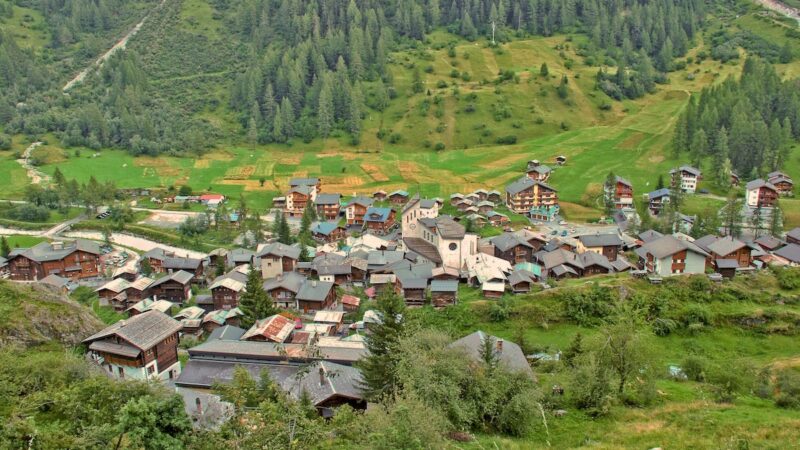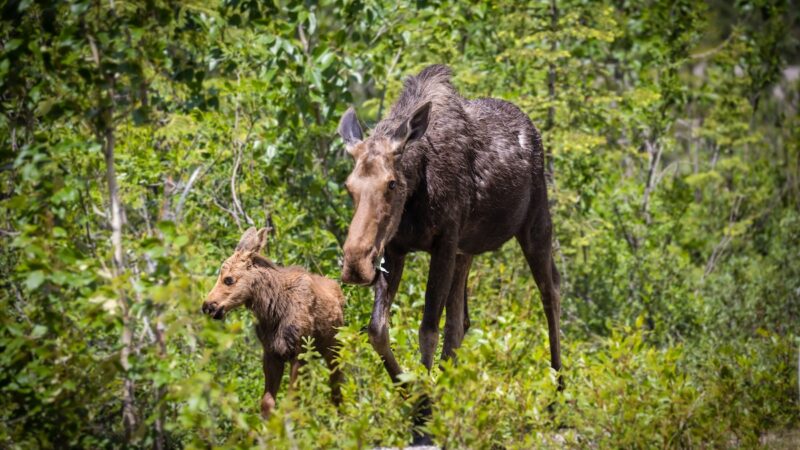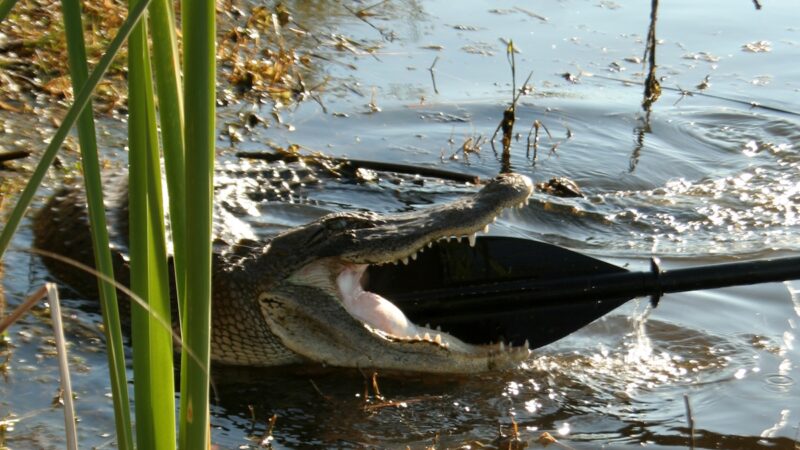These 3 Places Aren’t National Parks: Here’s Why You Should Visit Anyway
The U.S. National Park Service manages over 400 units throughout the country, protecting land for conservation, historical preservation, and recreation. Of those, 63 currently hold the title of national park. While these places are incredible, scenic, and important places to visit as a traveler and adventurer in the U.S., there are lots of places that aren’t national parks that deserve as much visitation and love as those big 63 do.
Videos by Outdoors
These three places aren’t considered national parks, but you should visit them anyway.
Craters of the Moon National Monument, Idaho
Craters of the Moon National Monument is located in southern Idaho and consists of a large lava field of hardened, black lava rock. Much of this past volcanic activity occurred starting at the end of the last ice age, approximately 15,000 years ago. The most recent lava flows happened, however, around 2,000 years ago. These past lava flows have led to an interesting, dark landscape full of caves, and of course, the dormant volcano.
There is so much to do at Craters of the Moon, from hiking to caving. Drive the whole Loop Road and make stops along the way to learn about past volcanic activity. Hike the Tree Molds Trail to see how the lava flows preserved ancient trees in the rock.
Go into one of the many caves throughout the park—just check in at the visitor center before you go underground. The park requires a free permit to go into the caves. This is due to the risk of spreading White Nose Syndrome to the local bat populations. Many of these caves are old lava tubes, evidence of flowing lava escaping from underground. This is a great way to get acquainted with the volcanoes here, but make sure you bring a headlamp so that you can properly enjoy this magical underground world.
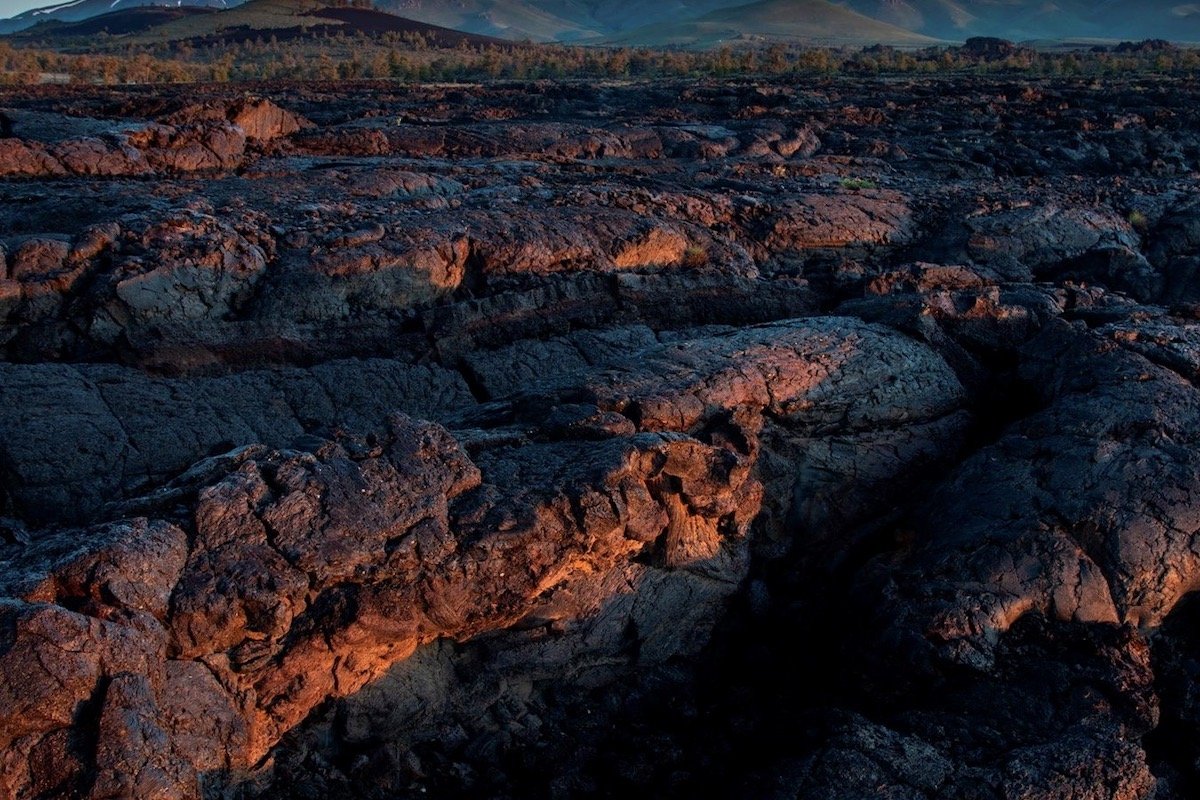
Keep an eye out for wildlife throughout your visit—the park is home to Rocky Mountain elk, pronghorns, and other mammals, birds, and some reptiles. In the springtime, you’ll see a different kind of life: wildflowers peeking through the dark basalt rock. Stay on trails to protect these beautiful flowers.
Craters of the Moon is the ancestral homelands of the Shoshone-Bannock people.
Devils Tower National Monument, Wyoming
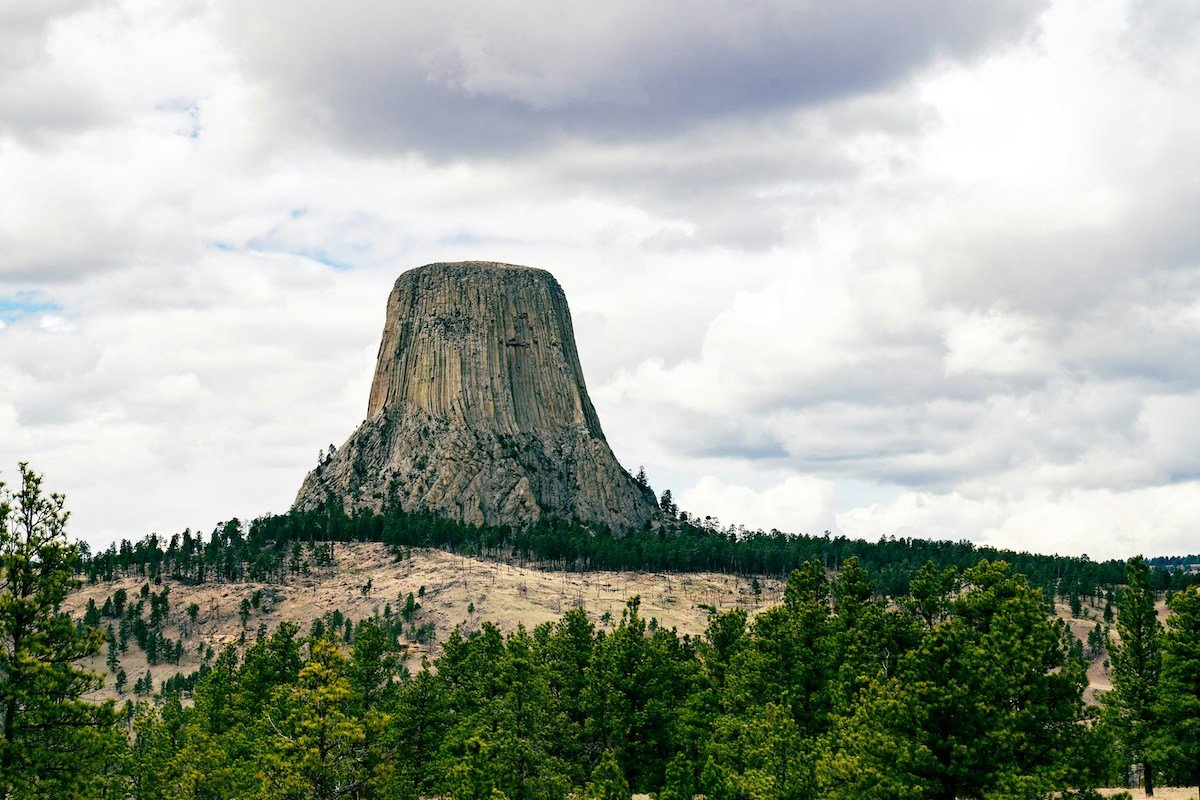
Devils Tower National Monument, located in eastern Wyoming just outside of the Black Hills of South Dakota is a smaller park, but due to its geologic and cultural history, it definitely deserves a place on your bucket list.
This area is often referred to as Bear Lodge, which is the name that local indigenous groups have given it. This area is home to the Arapaho, Cheyenne, Crow, Kiowa, Lakota, and Shoshone peoples. These groups still have quite the impact and connection with the land, and as you explore the area, you might see prayer flags tied to trees. Admire these traditions from afar, and do not remove or take pictures of prayer flags.
Scientists still aren’t 100% sure how the tower itself formed, which rises up out of the nearby grasslands. What we do know is that the tower is igneous rock, despite the overwhelming presence of sedimentary rocks throughout the surrounding area. It consists of tall columns of rock, which rise vertically to the top of the tower.
Devils Tower is home to so many outdoor activities, including camping, hiking, and rock climbing. Hike one of the park’s many trails, or walk the paved loop around the base of the tower. Look for wildlife, such as prairie dogs in the grasslands, and look for climbers high up on the tower itself.
If you have extra time, visit one of the nearby parks across the state line. Custer State Park, Wind Cave National Park, or Badlands National Park, are worth your visit. These parks will help you to get an even more in-depth view of the unique landscape of the Black Hills.
Denali State Park, Alaska
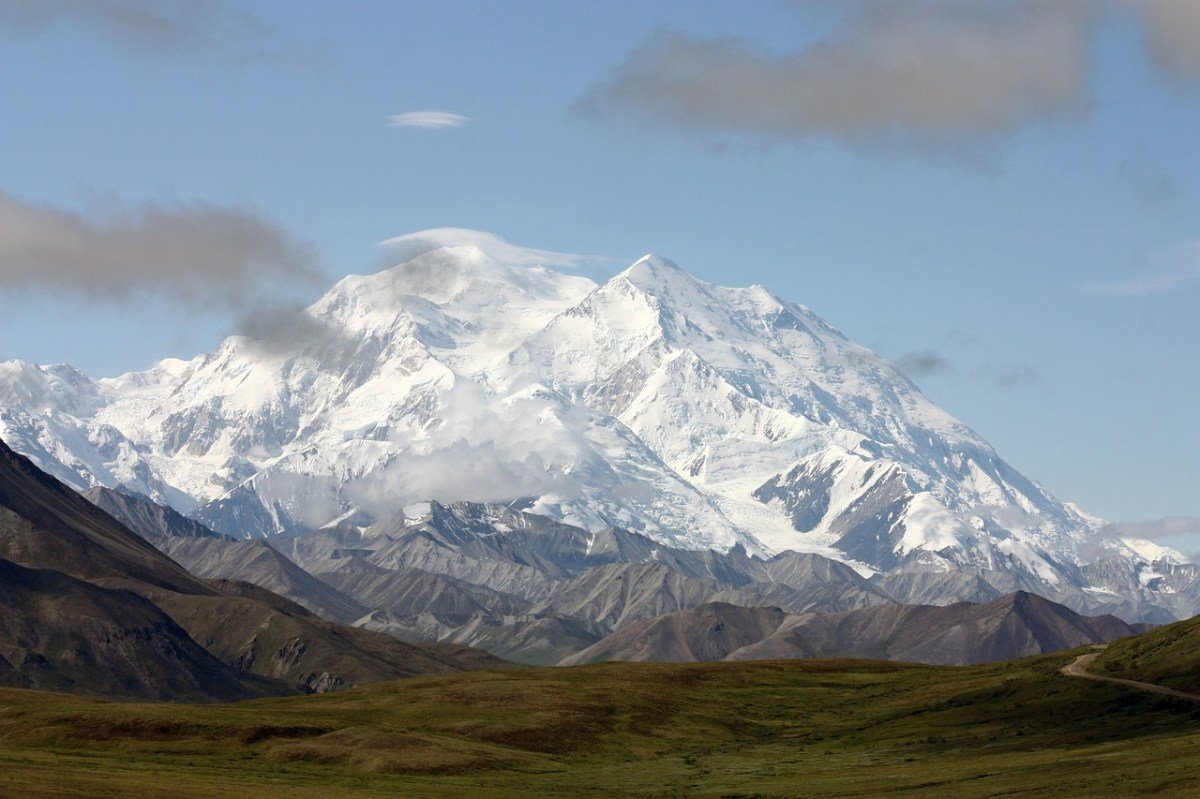
Many people have heard of Denali National Park. Located in Alaska’s Interior, this iconic park is home to the tallest mountain in North America: Denali, which stands at over 20,000 feet. Many people don’t realize that there is a more accessible, state-managed alternative, just south of the popular national park.
Denali translates to “The Great One,” as named by the Athabascan people. The surrounding area is covered in approximately one million acres of glaciers. These glaciers formed—and continue to form—this landscape due to their dynamic and ever-changing nature. Throughout the area, keep an eye out for some wild Alaskan residents: moose, grizzly bears, caribou, Dall sheep, and sometimes wolves, as well as smaller animals like pikas, marmots, and various birds.
Denali National Park can feel logistically frustrating to plan a visit to, though. The road is closed to the public past mile 15, and you must have bus tickets and reservations to venture further into the park. There is also only a 30% chance of actually seeing Denali during a day trip due to the presence of cloudy weather. Denali National Park is adjacent to Denali State Park. This state park is far easier to visit, and while you won’t be able to get as close to the mountain, you will have a chance to lay eyes on its elusive summit from one of the many viewpoints.
Denali State Park is home to similar flora and fauna as the nearby national park. Trails here will take you through beautiful black spruce forests, up mountain ridges, and to spectacular viewpoints. Hike the beautiful Curry Ridge to an amazing 360-degree view of the surrounding mountains. Feel free to bring your leashed dog hiking too. While dogs aren’t allowed on most national park trails, they’re welcome in Denali State Park.
There is only a 30% chance of seeing Denali on any given day. Because of this, it’s recommended that you plan on spending three days in the area to increase those chances. Camping in the state park will be a more affordable alternative, and with multiple viewpoints of the mountain that you can drive to. This means you can check regularly to see if you can get that rare view. If you do, it means you get to join the 30% club every day that you’re in the area.
Denali and its surrounding areas is the ancestral homeland of the Ahtna, Dena’ina, Koyukon, Upper Kuskokwim, and Tanana Athabascan peoples.
From underrated Idaho volcanoes to the tallest mountain on the continent, there are so many places that don’t have national park status, but they are still just as deserving of your visitation and exploration. Giving our state parks, national monuments, and everything in between a chance is a great way to get away from crowds and see something unique that you might not have ever experienced sticking to the path more frequently traveled.
Source: https://outdoors.com/places-to-visit-that-arent-national-parks/

